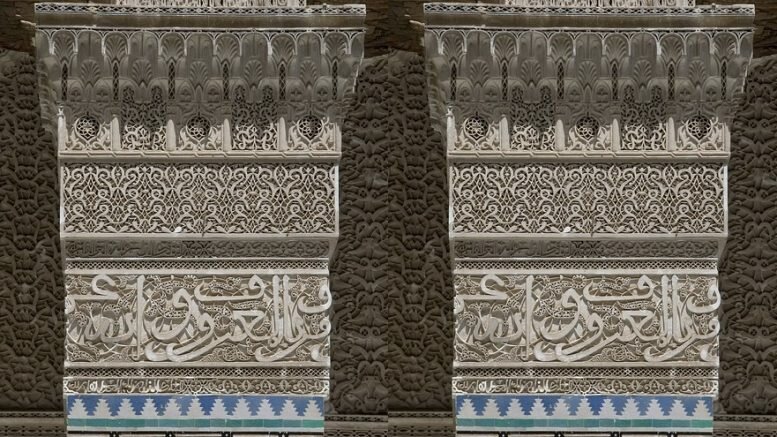Some more thoughts on the Qur’an
This article is penned by guest writer Imtiaz Mahmood who himself grew up in the Pakistani countryside, but now lives in the UK. He is constantly being blocked by Facebook for expressing his views.
As per the Qur’an, which is the central pillar of Islam, women are inferior to men in almost every conceivable way. The Qur’an is explicit with regards to the disparate rights and privileges awarded to men and women.
To be fair, the Qur’an does offer the pointless platitude regarding the spiritual equality of men and women (Qur’an 3:195), which I’m sure most rational and sane people will agree, means absolutely nothing in the real world.
The Qur’an maintains: A sister is entitled to only half of that which her brother is entitled to with regards to inheritance (Qur’an 4:11).
A woman’s testimony is only half as valid as that of a man’s (Qur’an 2:282), the reasoning for which was elaborated upon by the “Prophet” in the Sahih al-Bukhari in the following words: “Is not the evidence of two women equal to the witness of one man?” They [the women] replied in the affirmative. He said, “This is the deficiency in her intelligence…”
Furthermore , a woman’s husband can physically assault her for exercising her autonomy by disobeying him (Qur’an 4:34). A husband is entitled to have sex with his wife how and when he pleases (Qur’an 2:223).
Female sex-slaves are expressly rendered the chattels of their male slave masters (Qur’an 4:24, 23:5-6). A man may have several wives (Qur’an 4:3) and he need not treat them all equally (Qur’an 4:129), yet a woman may not have more than one male overlord at one time (This is not stated in the Qur’an, it just a given in Islam).
This is just a small sample of the acute gender inequality that exists within the central and superlative source of the Islamic religion. Now, add to this the rampant misogyny and gender inequality found in the secondary pillar of Islam, namely, the hadith.
Finally, if we wish to be thorough, we could also take into account the gender inequality that has been infused into the fabric of Islamic jurisprudence and Islamic traditions established over the last 1,400 years.
© Imtiaz Mahmood / Norway Today





